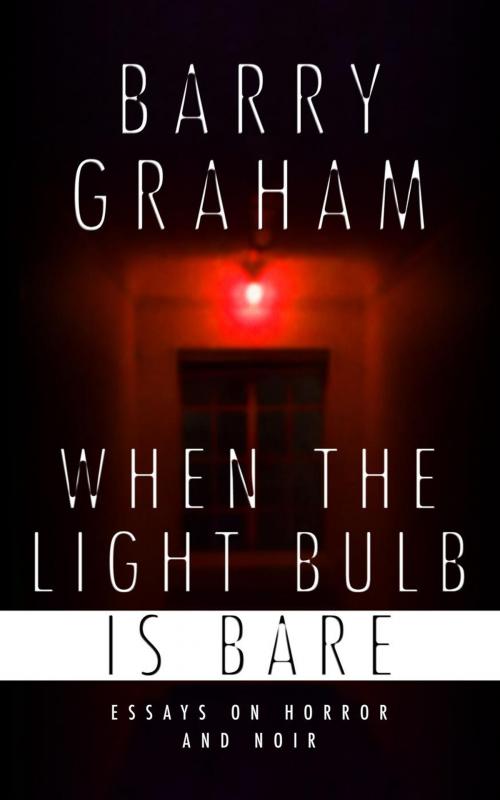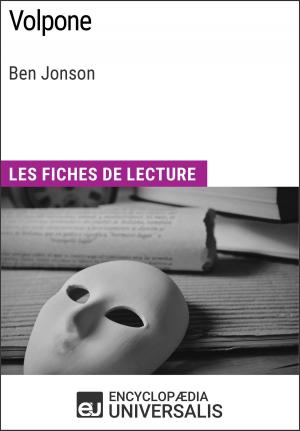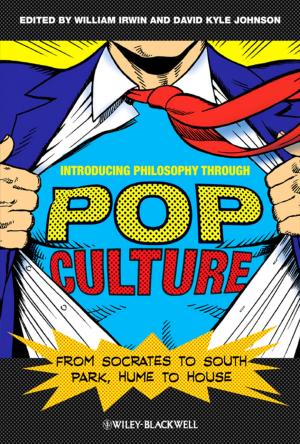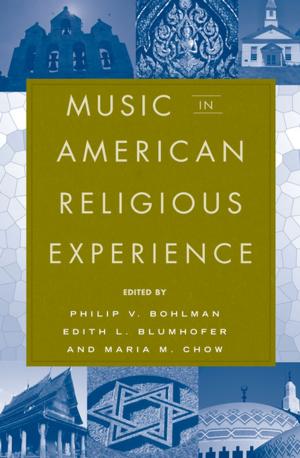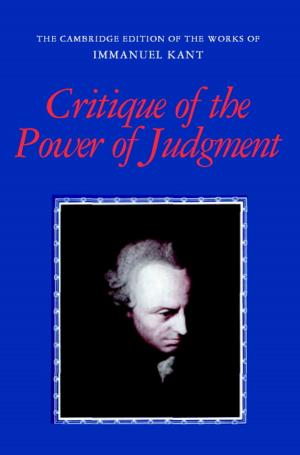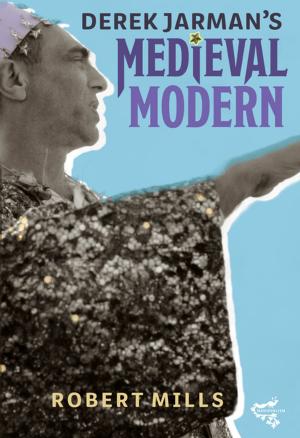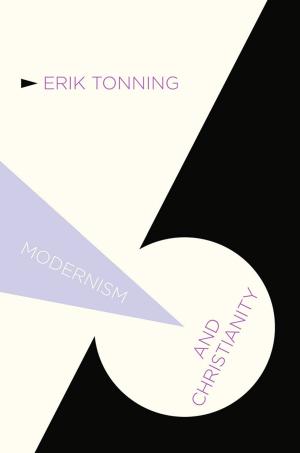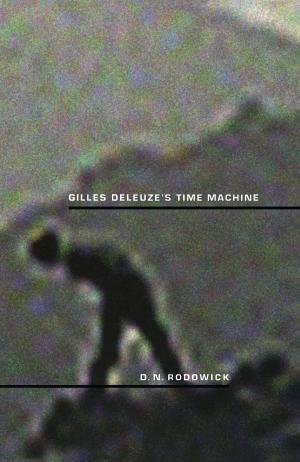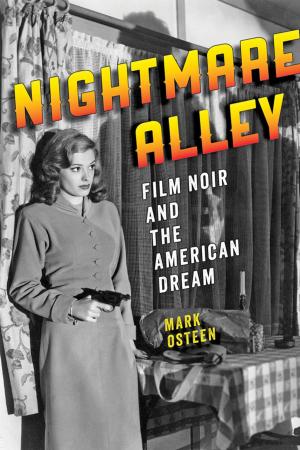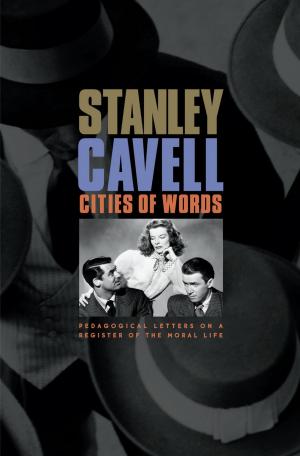When the Light-Bulb Is Bare: Essays on Horror and Noir
Fiction & Literature, Literary Theory & Criticism, Mystery & Detective Fiction, Nonfiction, Entertainment, Film, History & Criticism| Author: | Barry Graham | ISBN: | 9781507055397 |
| Publisher: | Cracked Sidewalk Press | Publication: | February 1, 2015 |
| Imprint: | Language: | English |
| Author: | Barry Graham |
| ISBN: | 9781507055397 |
| Publisher: | Cracked Sidewalk Press |
| Publication: | February 1, 2015 |
| Imprint: | |
| Language: | English |
Barry Graham's horror fiction has earned him comparisons with Bram Stoker, M.R. James and Stephen King, while his neo-noir fiction has been compared to that of James M. Cain, Richard Stark, David Goodis, Quentin Tarantino and Jim Thompson.
In this collection of essays examining what Graham contends are the two most important and enduring genres, he combines literary analysis with memoir, and shows us that the monsters we imagine lurking in the shadows are all too real. In doing so, he remembers the significance of horror to a child in a Glasgow slum, and discusses artists including Stephen King, Elmore Leonard, Robert Mitchum, Paul Schrader, Robert Bresson, George Pelecanos and David Goodis, and books and films including The Exorcist, The Moon of the Wolf, The Conversation and The Friends of Eddie Coyle.
He considers crime fiction as a Marxist art form, and, while sitting in a Scottish courtroom, observing a trial for attempted murder, he realizes he has a met a werewolf.
Barry Graham's horror fiction has earned him comparisons with Bram Stoker, M.R. James and Stephen King, while his neo-noir fiction has been compared to that of James M. Cain, Richard Stark, David Goodis, Quentin Tarantino and Jim Thompson.
In this collection of essays examining what Graham contends are the two most important and enduring genres, he combines literary analysis with memoir, and shows us that the monsters we imagine lurking in the shadows are all too real. In doing so, he remembers the significance of horror to a child in a Glasgow slum, and discusses artists including Stephen King, Elmore Leonard, Robert Mitchum, Paul Schrader, Robert Bresson, George Pelecanos and David Goodis, and books and films including The Exorcist, The Moon of the Wolf, The Conversation and The Friends of Eddie Coyle.
He considers crime fiction as a Marxist art form, and, while sitting in a Scottish courtroom, observing a trial for attempted murder, he realizes he has a met a werewolf.
